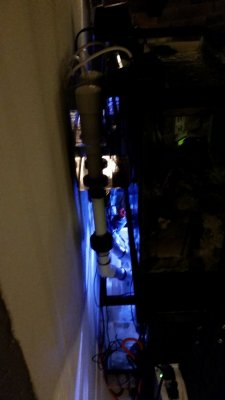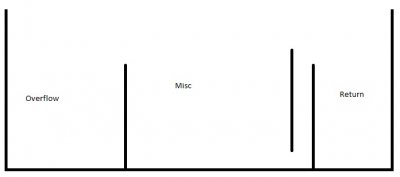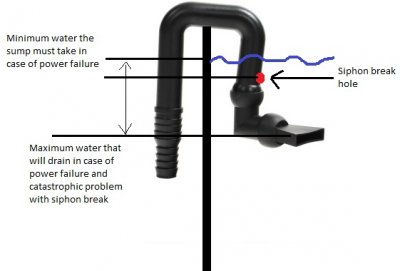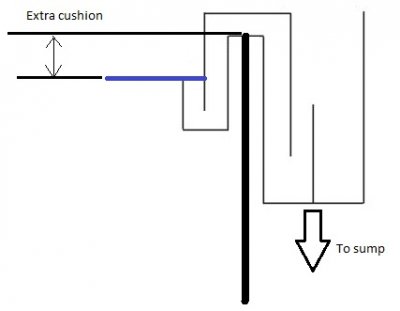- Joined
- Jan 25, 2016
- Messages
- 260
- Reaction score
- 137
So I have a 55 gallon column tank that I set up a couple of months ago and I currently have a tunze 3162 filter and an aquamaxx hob 1 skimmer. I hate the tunze filter. Since my only other options I think would be since my tank isn't drilled is a hob filter, canister filter(which neither I want) or a sump/refugium.
What all would I need to set up the sump/refugium on a tank that isn't drilled? What size return pump?
Any suggestions would be greatly appreciated!

What all would I need to set up the sump/refugium on a tank that isn't drilled? What size return pump?
Any suggestions would be greatly appreciated!



















